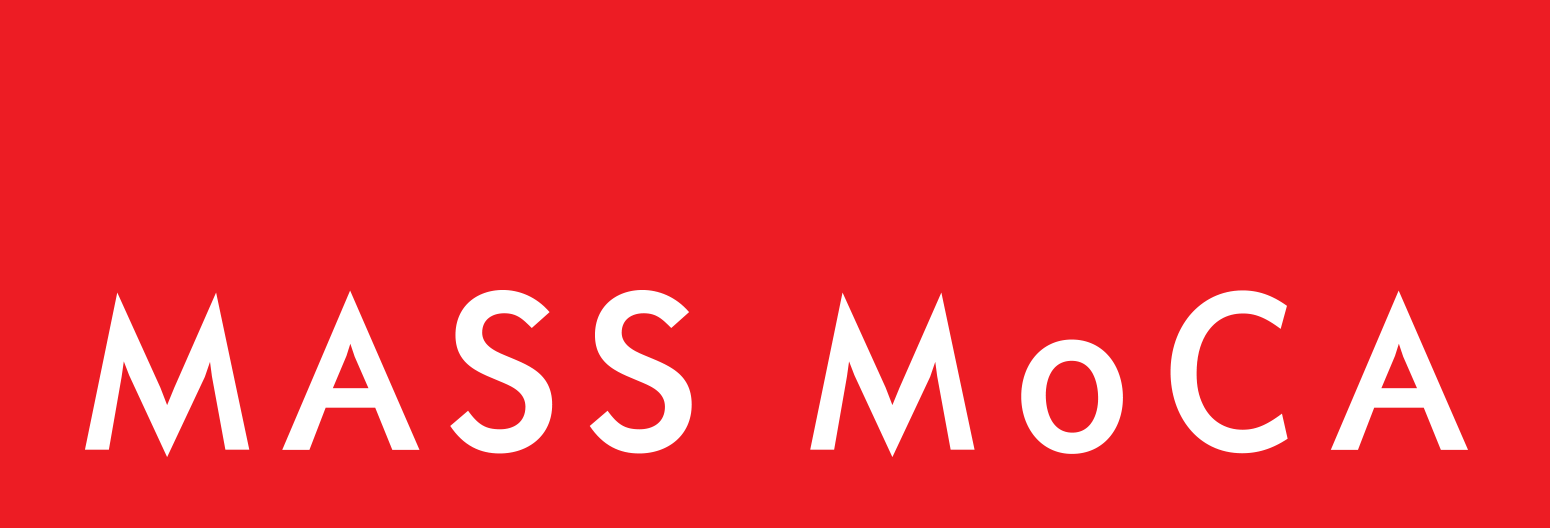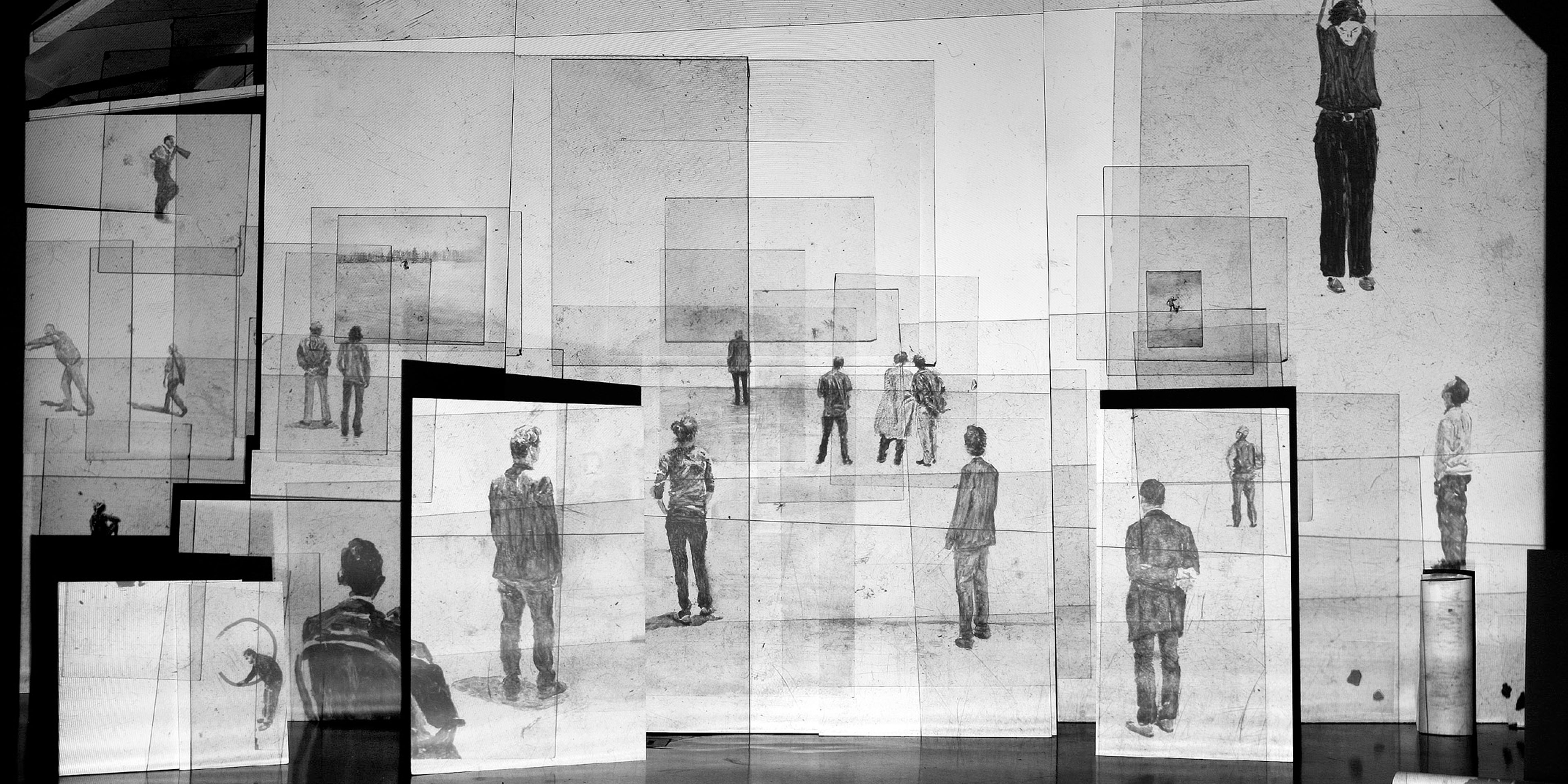Archive, Archive Exhibitions, Exhibition
- May 19, 2012 - January 21, 2013
- Galleries
The exhibition Making Room: The Space Between Two and Three Dimensions featured works by an international group of artists who combine two- and three-dimensional media in a single work. These works are also characterized by their marriage of new technology with more hand-crafted or out-of-date processes. By using traditional or analog media, these artists reflect a shared yearning for deceleration in the digital age and nostalgia for simpler technologies. Artists included Daniel Arsham and Jonah Bokaer, Dawn Clements, Inci Eviner, Claire Harvey, Laleh Khorramian, Kakyoung Lee, Chloë Østmo, Laura Riboli, and Luke Stettner. Visitora found hybrid works that combined engraving with high-definition video, painting with projection, and digital photography with sculpture. The elusive, in-between place these artists strive to capture defies measurement, but in their works this intangible space becomes momentarily perceptible. Works in the exhibition depicted familiar environments but with a certain instability. In these spaces between media—between dimensions and time—the potential of imagination, memory, and the unknown are fleetingly revealed.
Translating Roy Ward Baker’s classic 1958 film A Night to Remember into a 33-foot long drawing, Dawn Clements brought together multiple scenes in a single filmstrip-like image. The artist’s renderings of the images change in scale according to the type of shot—close-up, medium, or long—used in the film. To accommodate these spatial shifts from scene to scene, Clements often added supplemental sheets of paper, a process that resulted in an organic-looking final drawing, with taped-on additions and uneven edges. First Class (A Night to Remember) documents the escape route taken by a sinking ship’s second-class passengers, meticulously detailing the shift from the ship’s stark steerage to luxurious first-class interiors.
In her installation Falling, Chloë Østmo transformed a group of photographs into sculpture by individually stringing from the ceiling over two hundred photographs of a woman falling down a flight of stairs. Each photograph was taken at a different stage of her tumble. Methodically hung together, they transform the sculpture into a cinematic experience, offering the viewer a perspective that brings multiple moments in time together as a simultaneous event and a seamless three-dimensional image.
In her film Harem, Inci Eviner transformed a 19th-century engraving into a high-definition video. Eviner slowly erases the figures from German artist Antoine Ignace Melling’s idealized interpretation of a harem and replaces them with animated women bustling with activity in their stead. Eviner recasts the members of the harem as active participants instead of passive figures in her video transformation, while emphasizing their confinement.
Kakyoung Lee’s installation Climbing Up — 2011 combines sculpture and video to project an image of a small figure climbing up a wooden plank propped against the gallery wall. The figure reaches the top of the board and then disappears, only to find himself at the bottom again. Traces of Lee’s painstaking, multi-layered process of drawing in charcoal, photographing, erasing, and redrawing are seen in the projected images.
In her new commission for MASS MoCA, if this is then, artist Claire Harvey transformed painting into installation through her use of overhead projectors. Harvey rendered figures in black oil paint on small pieces of glass and transparencies which were then projected and enlarged to fill the room. As visitors moved through the space their shadows became projected on the wall, united with the ghostly figures on the work.
Laleh Khorramian’s video I Without End unfolds against a monoprint backdrop the artist made by painting on glass and transferring the image to paper. Embellishing the abstracted surfaces with windows, doorways, and a found-fabric rug, Khorramian translated two-dimensional techniques to create the illusion of a precarious three-dimensional space. In this setting, Khorramian staged a series of domestic and erotic vignettes between two figures cut from orange peels, captured in stop-motion animation.
Laura Riboli’s video Screens, slices investigates our perception of the ‘white cube’ gallery space through a series of stop-motion vignettes. Forms crafted from simple sheets of black paper move about the space, taking on volume and then flattening, while bridging the projected space with that of the viewer.
RECESS, a collaboration between artist/architect Daniel Arsham and dancer/choreographer Jonah Bokaer, features a single dancer captured on video in a duet with a monumental sheet of photographic set paper. Folding, unfolding, crumpling, and wrapping himself in the paper, Bokaer confounds the possibilities of space as the paper morphs between prop, architecture, and muse.
Luke Stettner’s photographic series Eyes that are like two suns is the product of extended walks the artist took in Los Angeles, Palm Springs, and Marfa, Texas. Using his camera to give new perspective to the mundane, Stettner abstracts the relationship between surface, volume, and depth. A shadow on a concrete wall creates both a flat geometric pattern and the illusion of a corner, while another on a sidewalk is transformed into a deep black hole.
Read a press release about the exhibition.
The exhibition was curated by Caitlin Condell and Alexandra Nemerov, students in the Williams College Graduate Program in the History of Art. The exhibition was made possible by the Sterling and Francine Clark Art Institute in support of MASS MoCA and the Williams College Graduate Program in the History of Art. Additional support was provided by the Turkish Cultural Foundation and the Mondriaan Fund, Amsterdam.
Claire Harvey, When what was when, 2010
Courtesy of the artist and Galerie Fons Welters, Amsterdam
Photo: Gert Jan van Rooij


